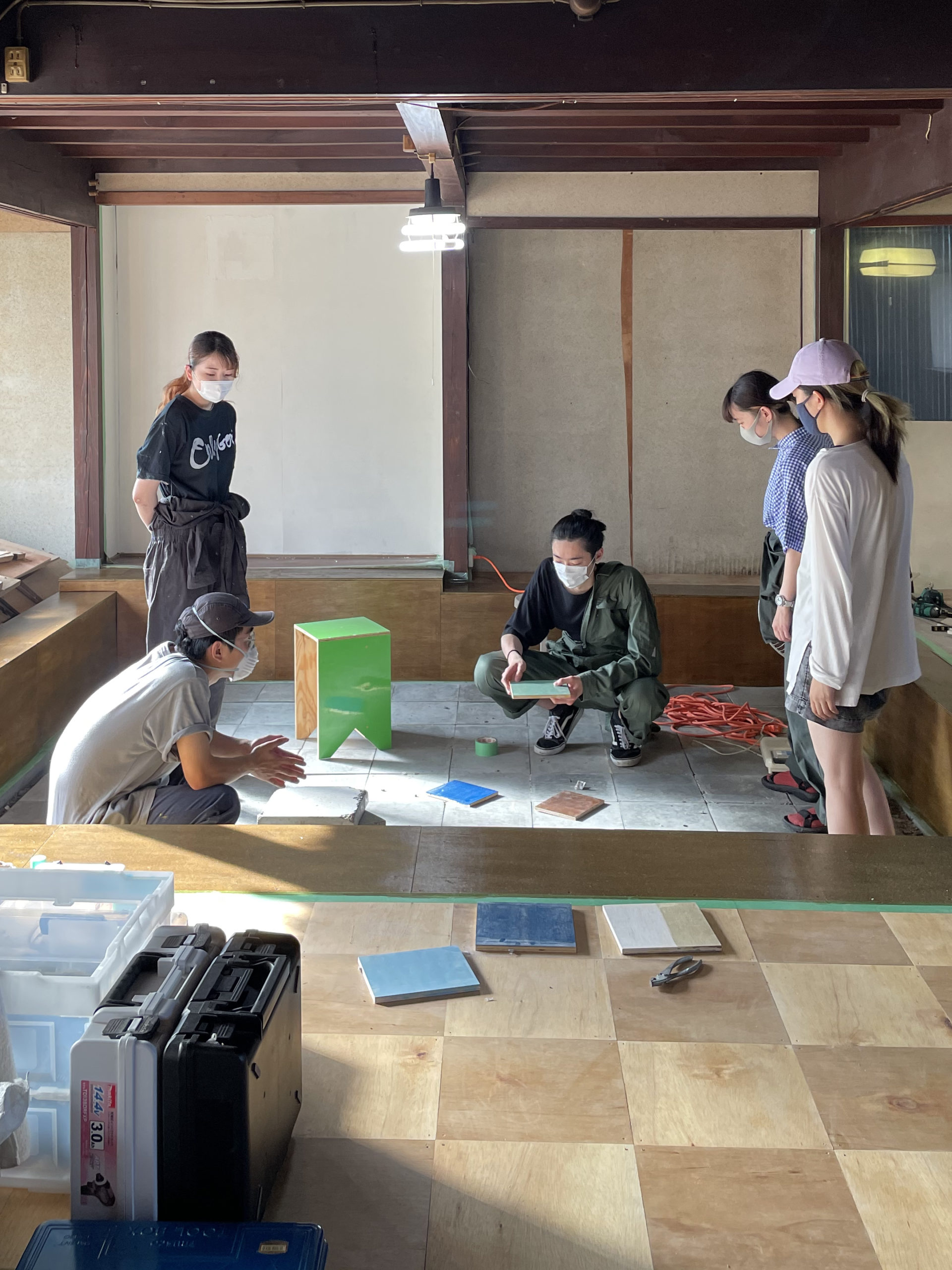"Saihate", Art Festival Participation Project
The first Oku-Noto Triennale was held in 2017 in Suzu, the farthest point at the tip of the Noto Peninsula, attracting over 70,000 visitors. At Kanazawa College of Art, a group of students and faculty members from different majors and grades formed the Kanazawa College of Art, Art Project Team, Suzupro, to create an installation work in a large old house in Suzu City and to engage with the local community through various activities such as planning in collaboration with the shopping district. The second Oku-Noto Triennale was scheduled for the fall of 2020. However, due to the impact of the new coronavirus, it was postponed to the fall of 2021 and will now be held as the Oku-Noto Triennale 2020+. While the extended period of activities has given Suzupro the opportunity to participate more deeply in the local community, they have been forced to restrict their travel from Kanazawa to Suzu and refrain from interacting with local residents. Hence, they are now confronting this common issue of how to continue the activities and proceed with the production.
This time, in addition to creating new artworks in an old private house, as they have been doing since the first exhibition, they added a mission to renovate a vacant house as a “base” to stay in Suzu during the production of the artworks. After many discussions on what kind of place the “base” should be, they decided to renovate a room on the first floor into an 8 tatami mat space with an earthen floor. From there, the space became a place for design verification, starting with cleaning and dismantling the floor, thinking while building, and giving shape to the ideas that came to mind each time. Though travel to Suzu was limited, they created the earthen floor through remote work, such as making concrete slabs on campus and transporting them to Suzu for laying. In addition to serving as a place to stay during the production of artworks, they plan to use the space as a “regional base”, a place for exchanges such as workshops during the exhibition period and a place for local art activities after the exhibition period.
Although this project is a university and graduate school class, the participants have been exploring a new relationship with the local community through joint activities that go beyond the existing framework of students and faculty, art, and design. And now, the “Saihate Art Festival” is about to be held in unison with the local community. Even the COVID-19 situation, we hope that the experiences and impressions that can only be obtained in Suzu and the connections between people will become an asset for the students and the local community.

The “base” that served as a place for design verification

Creating an installation work in an old house
2022.3.29

 Return to List
Return to List